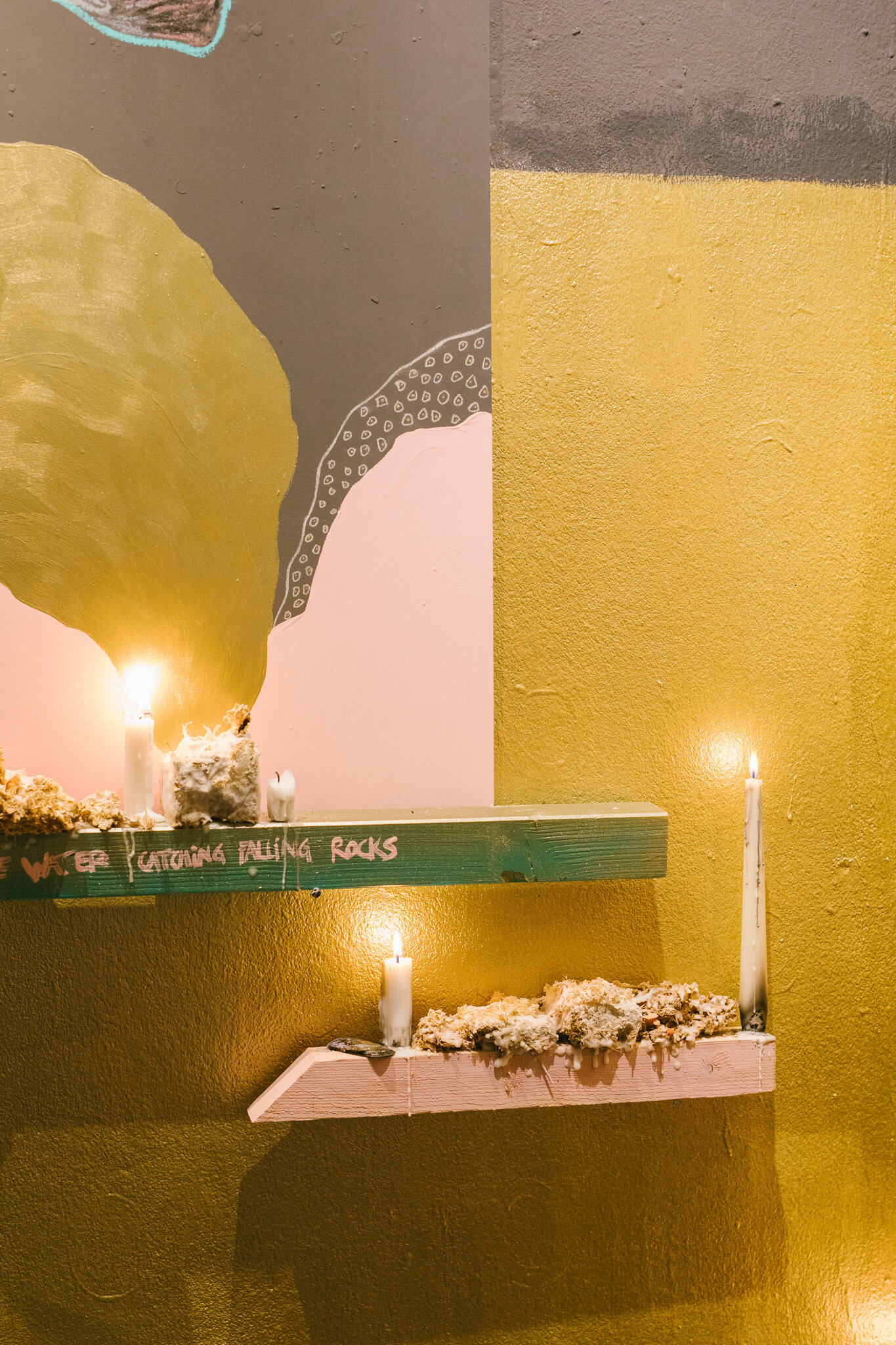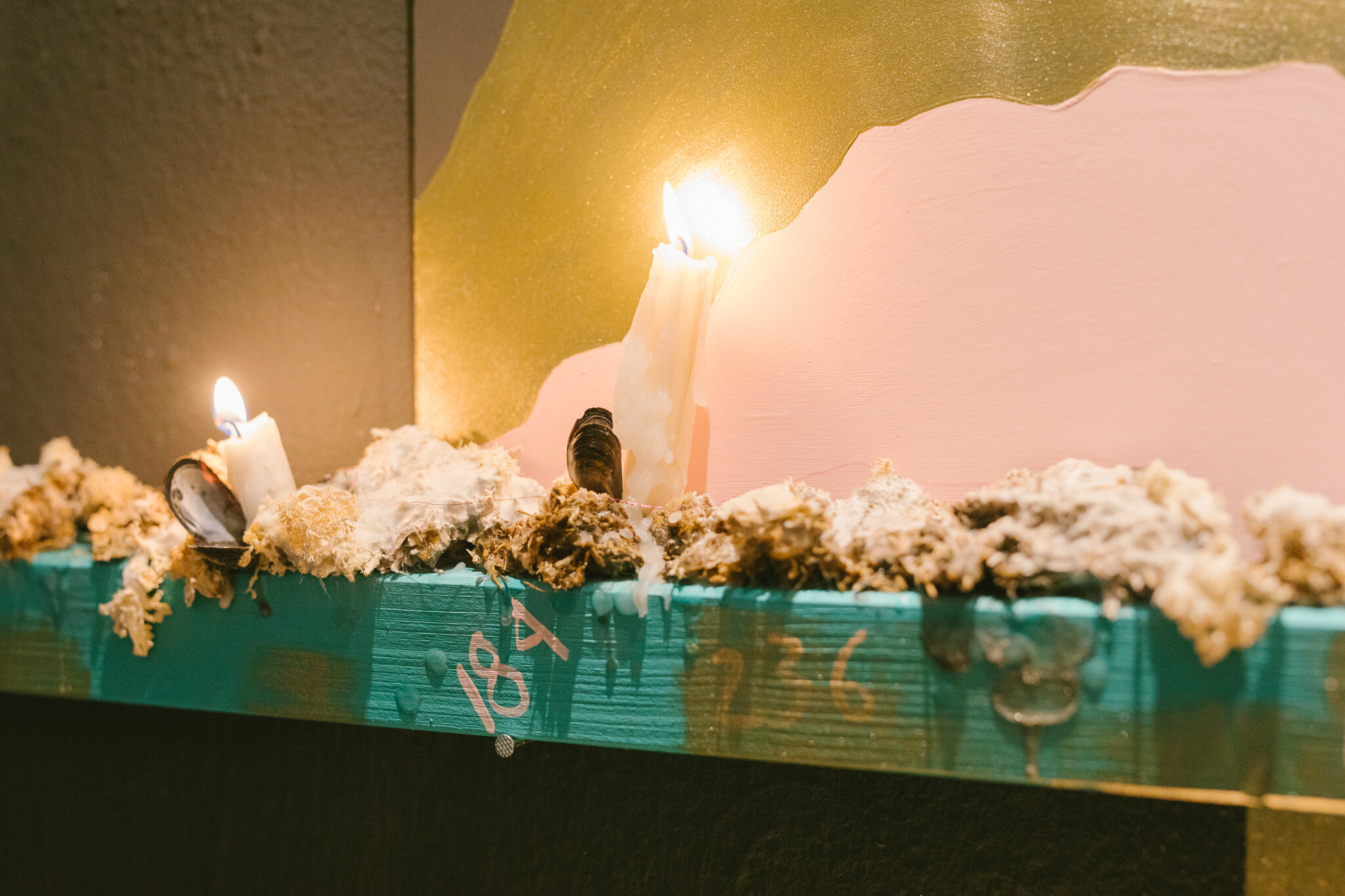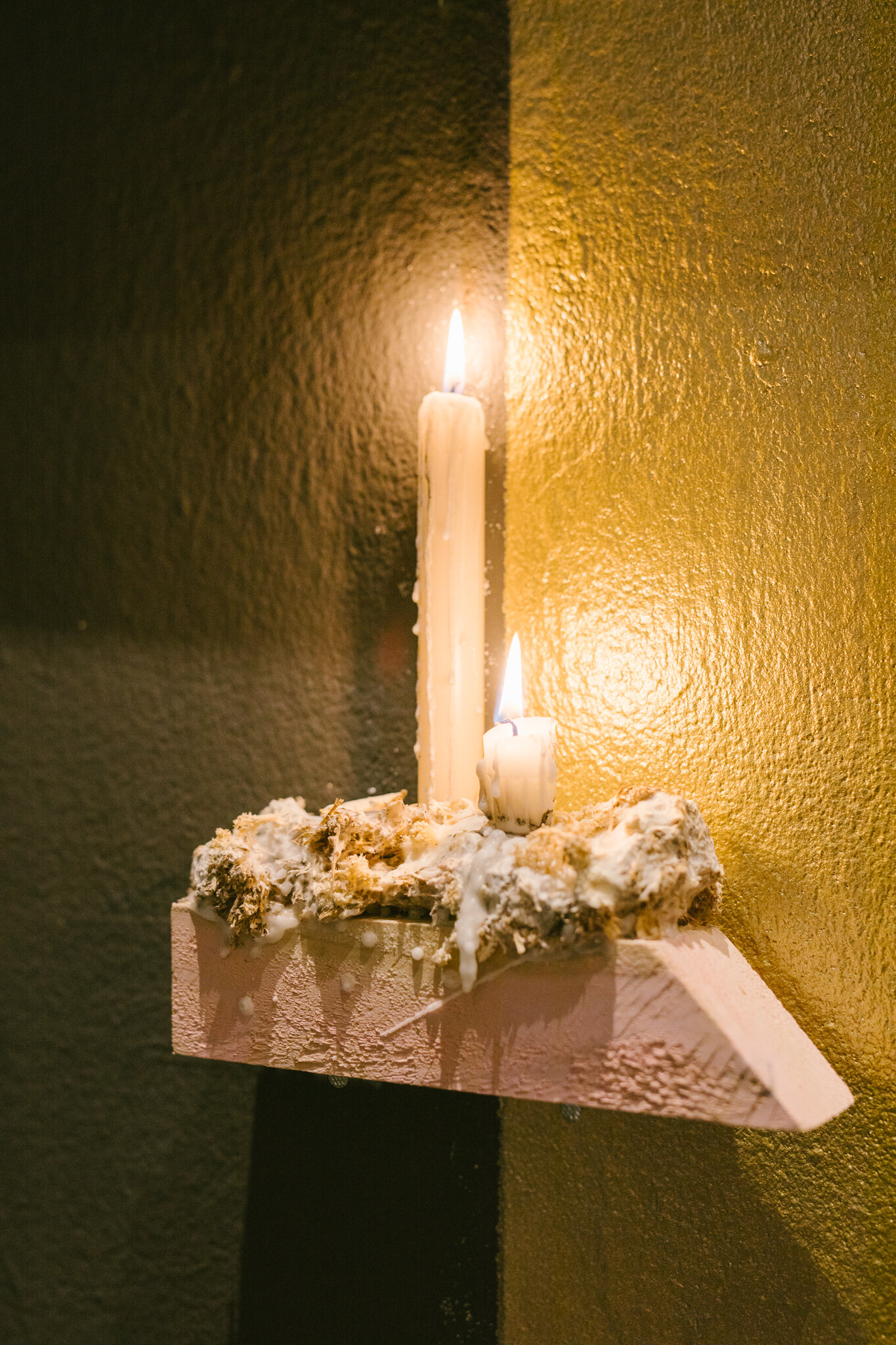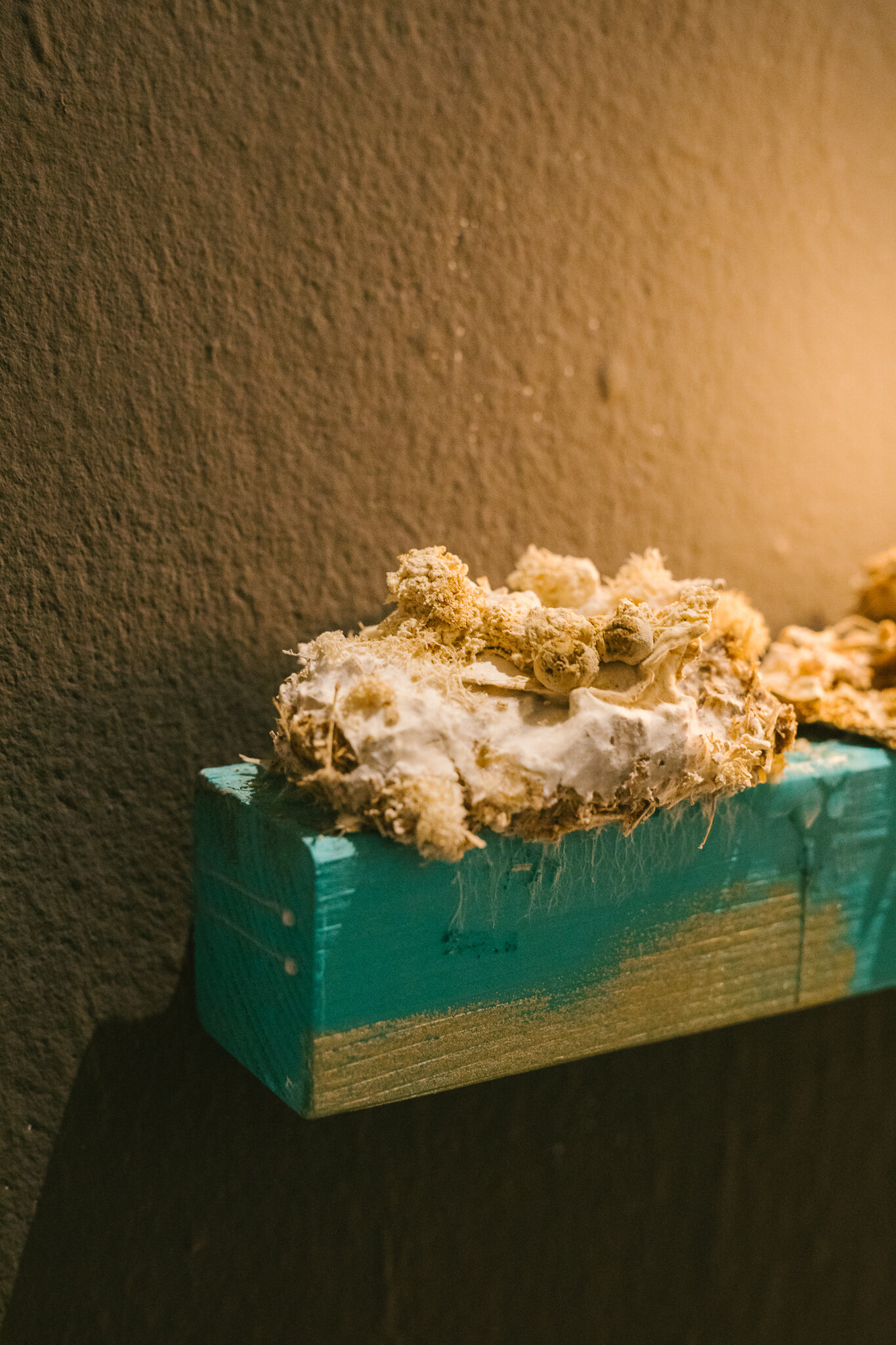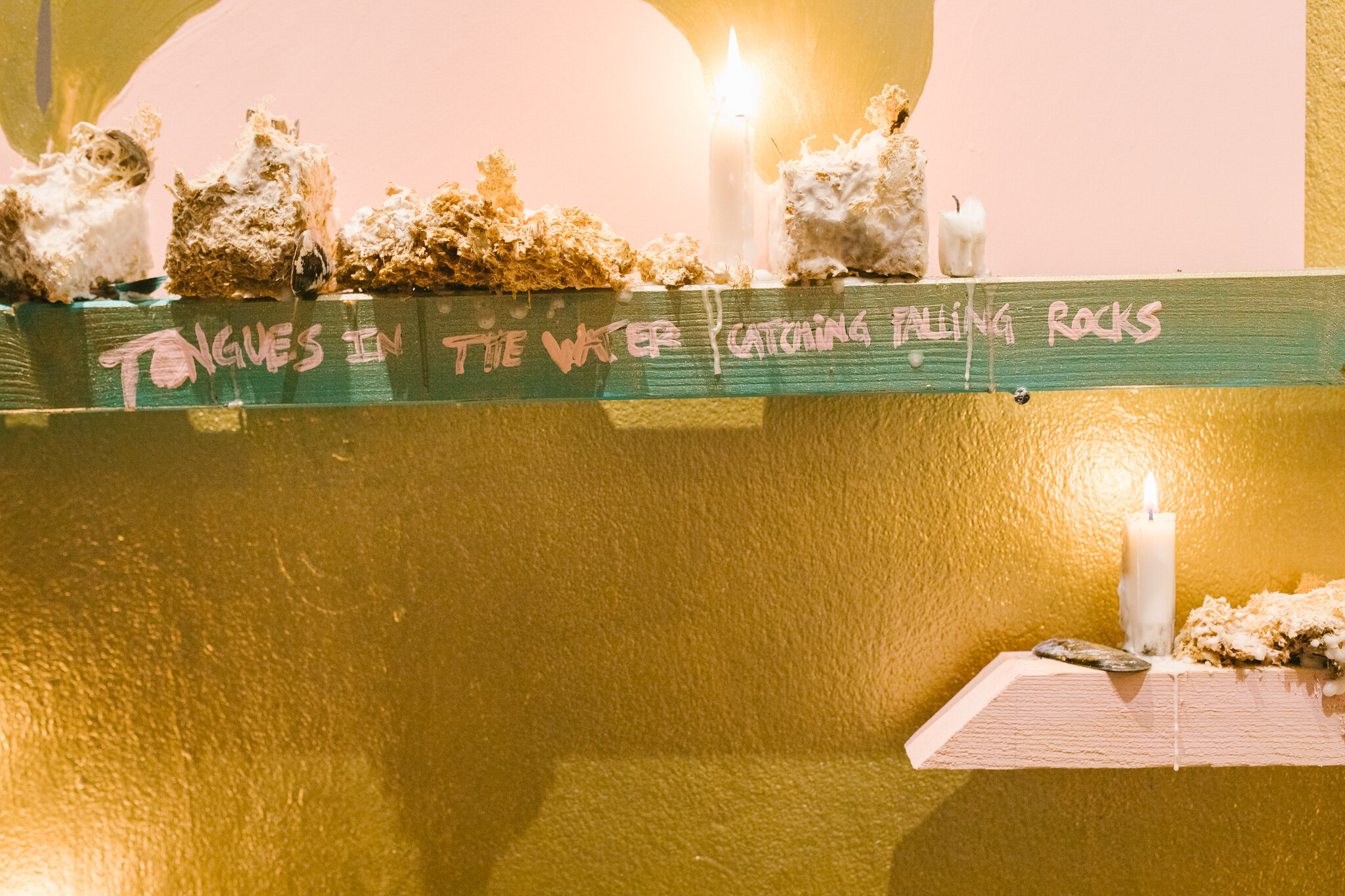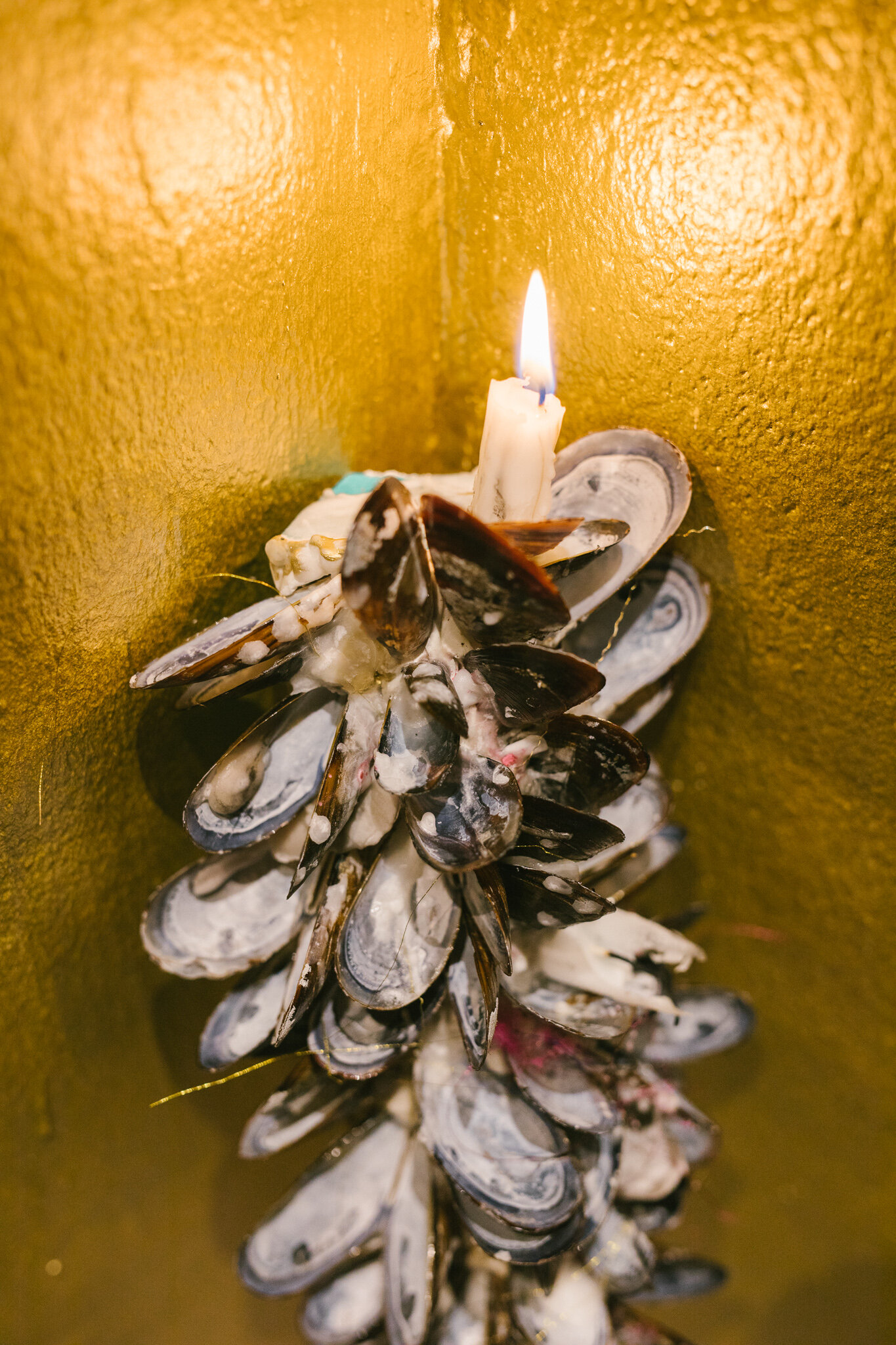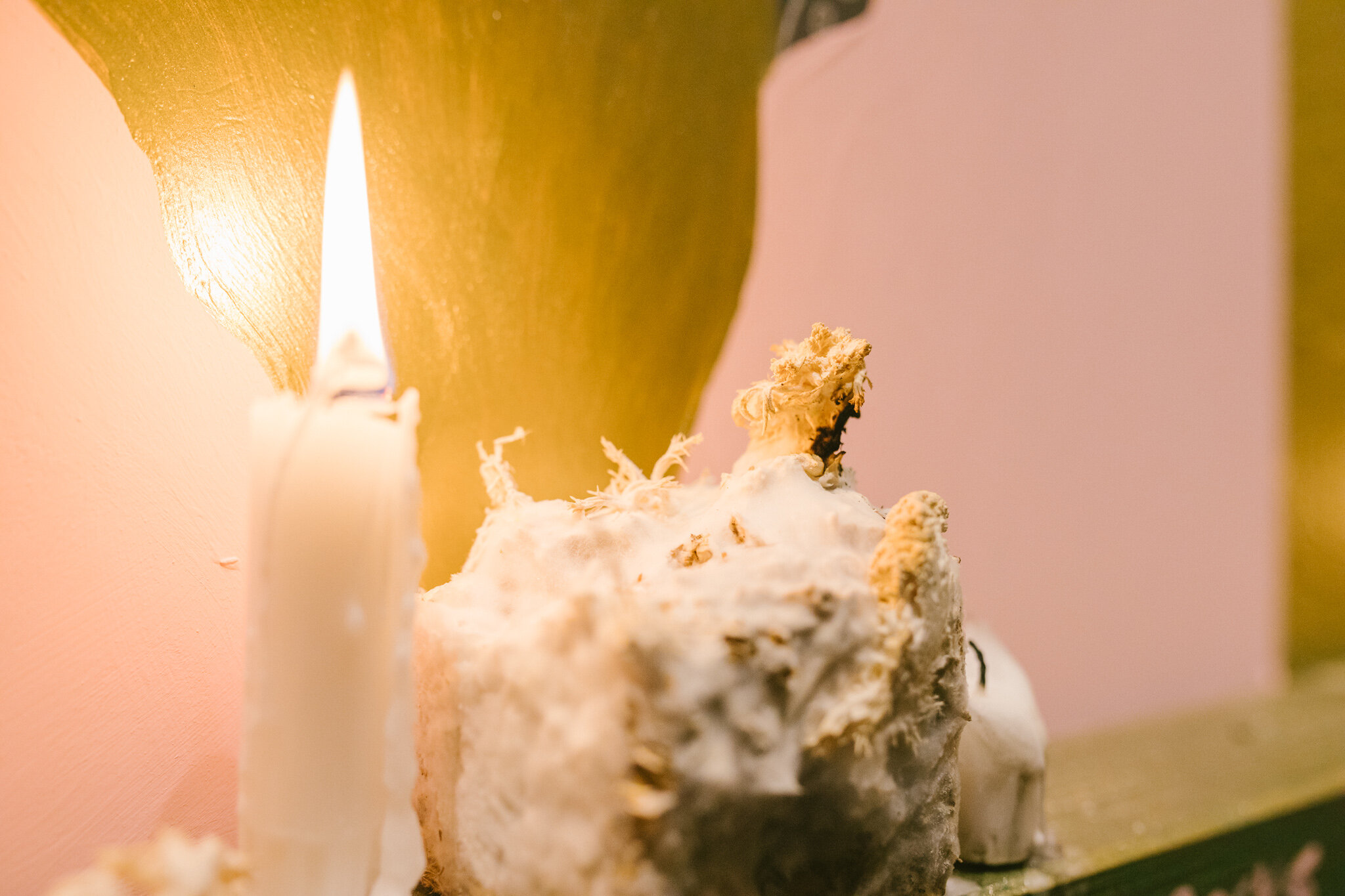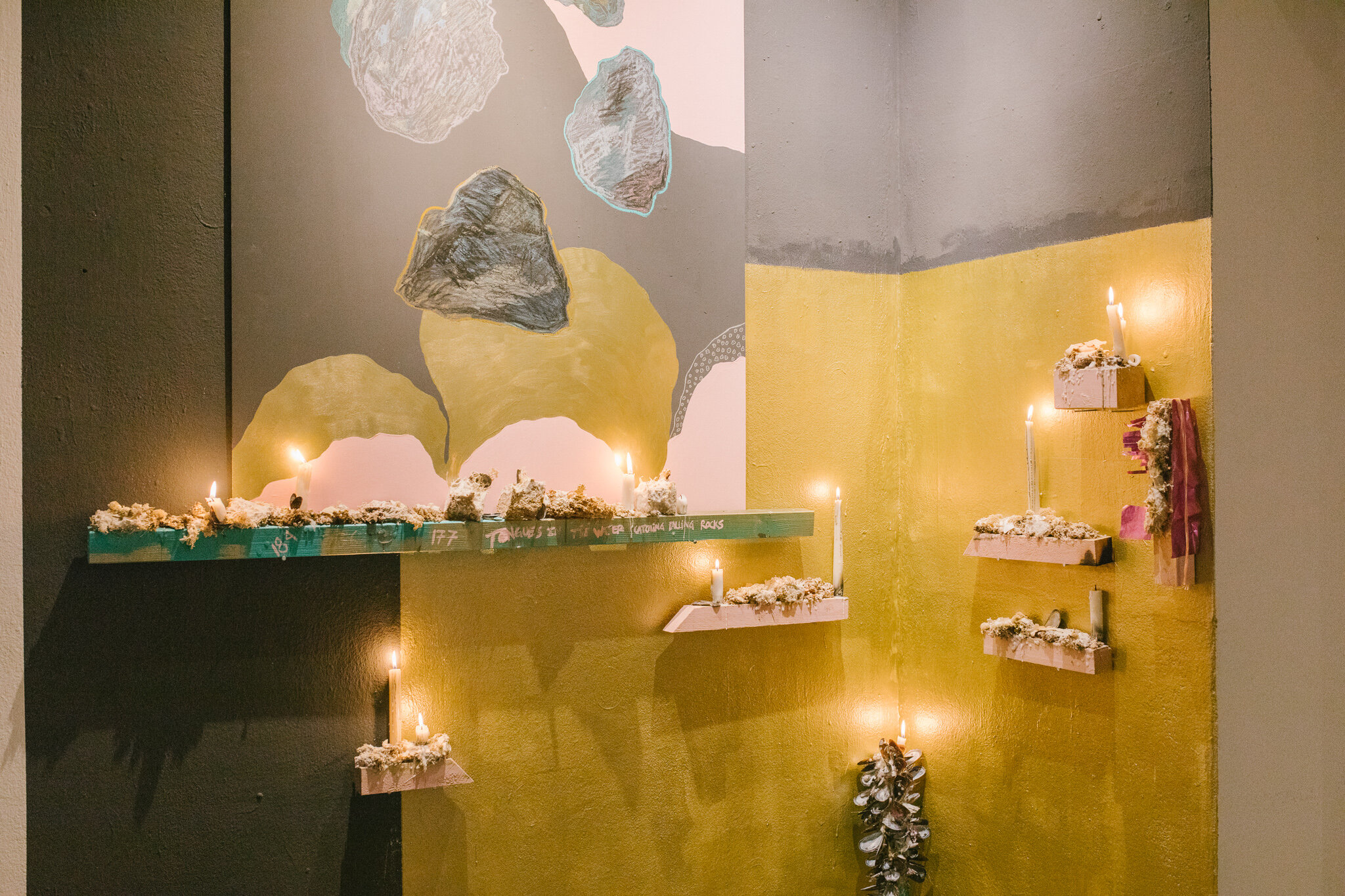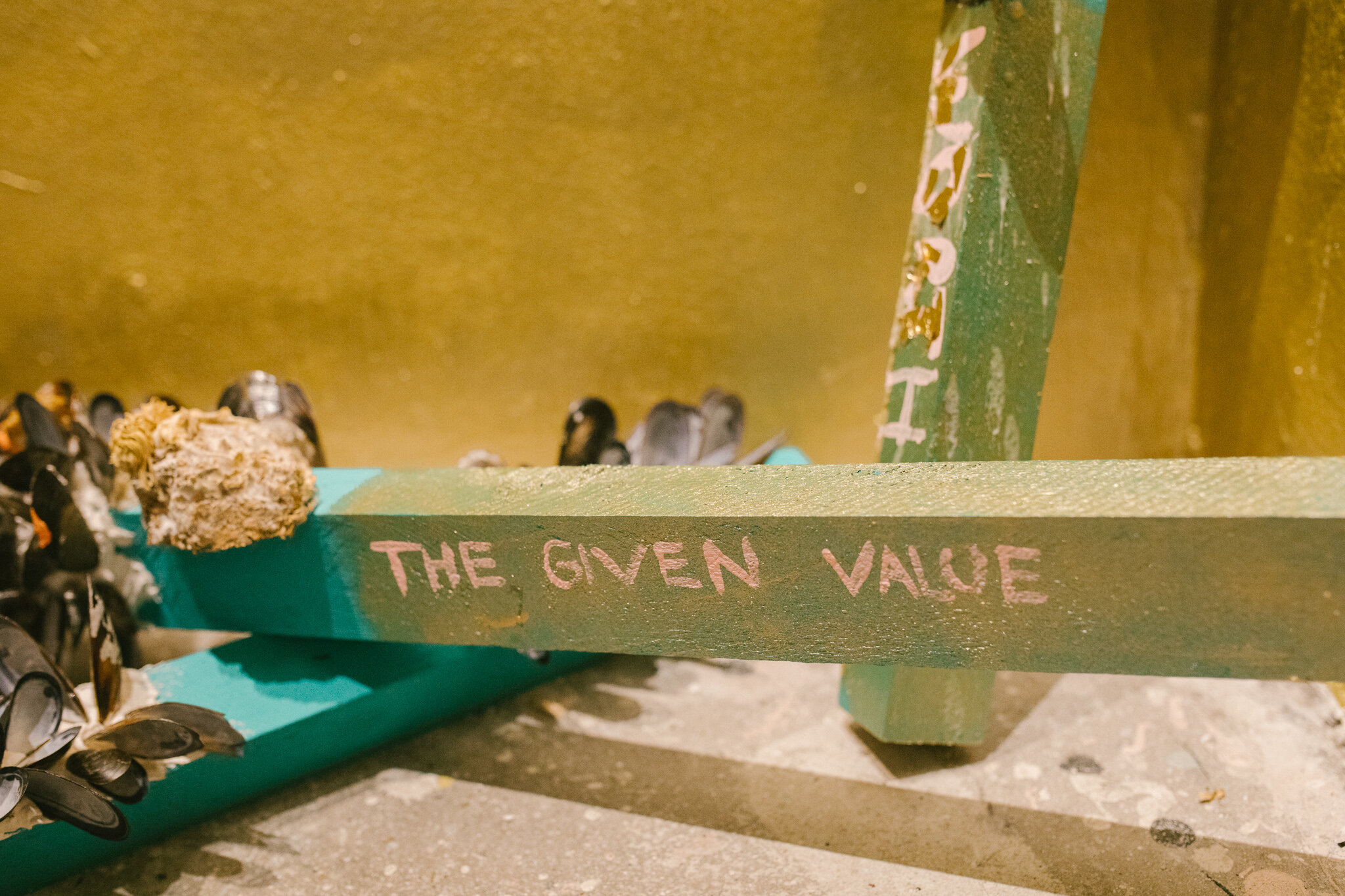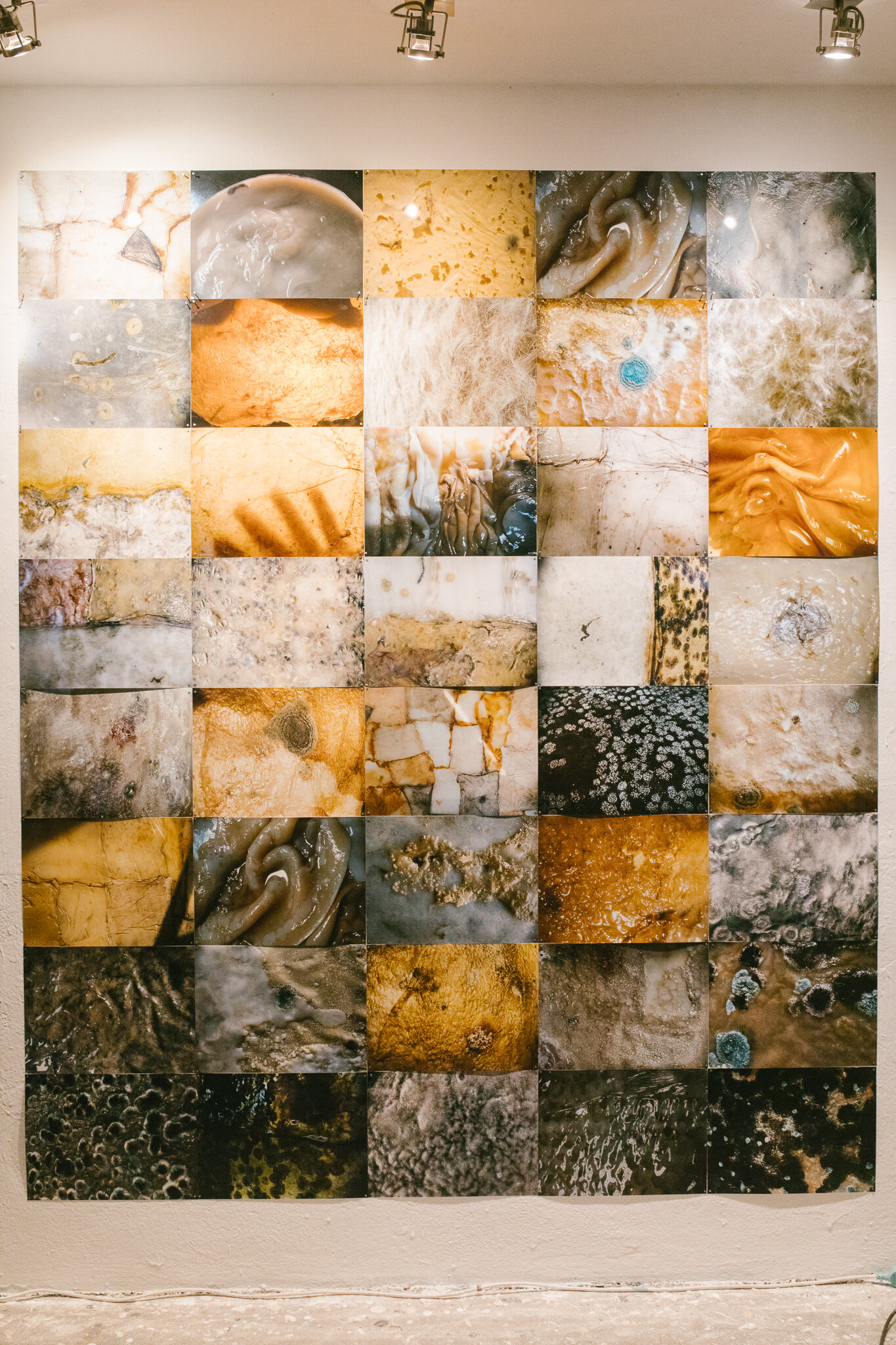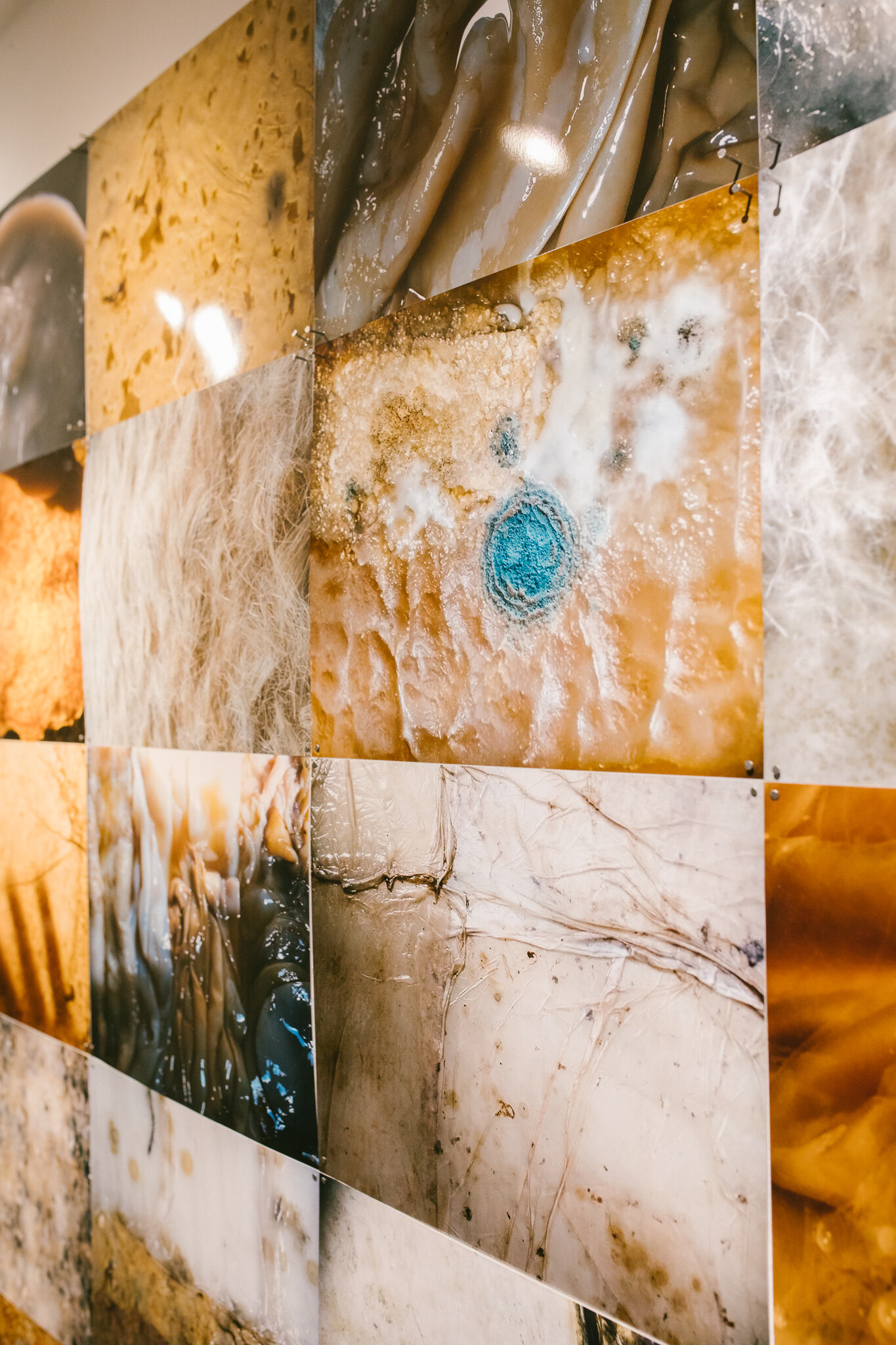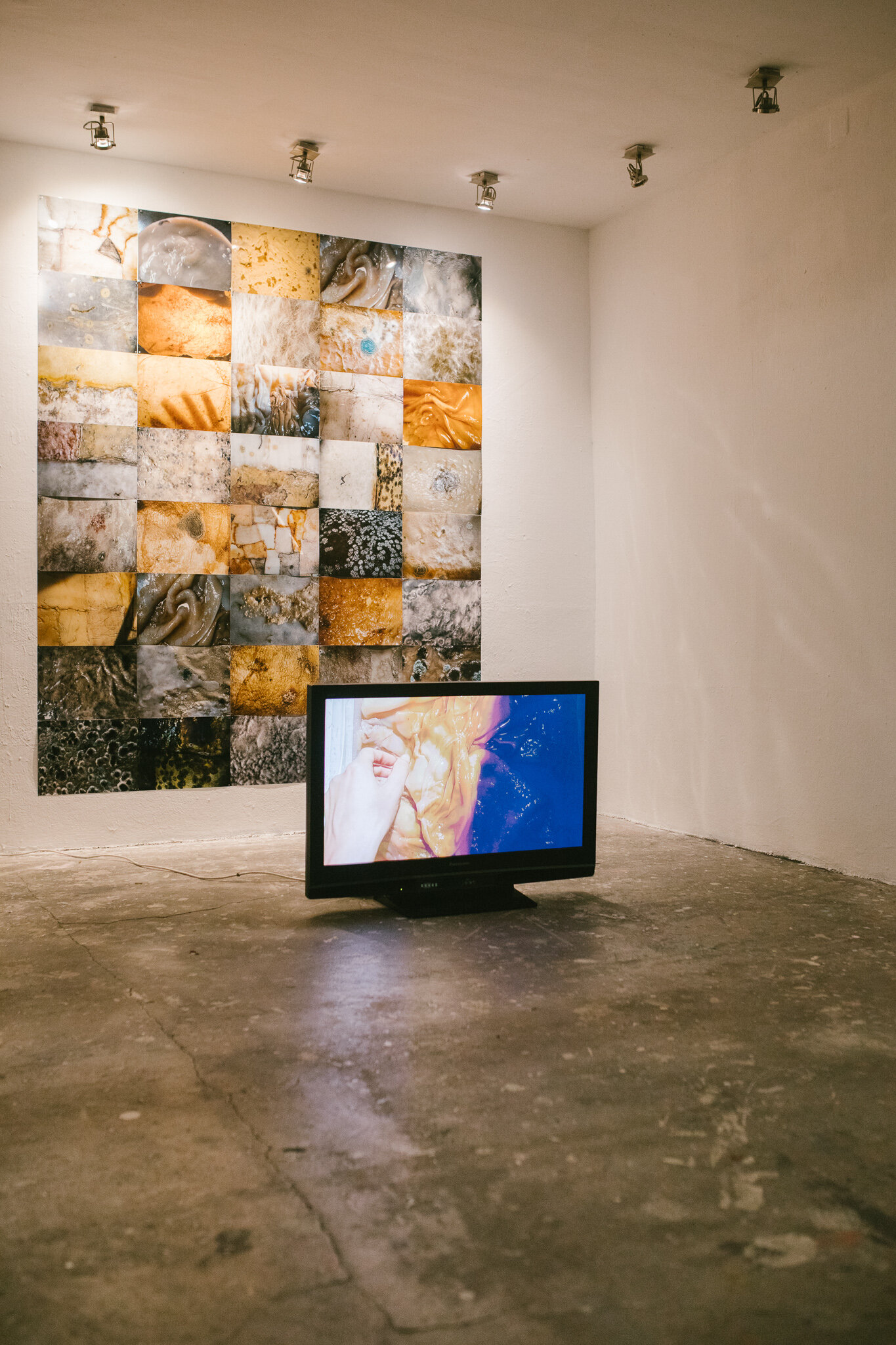"...WHITE REFLECTS SUNLIGHT. FUCK YOU ALBEDO!" – ARTISTS' INTERVIEWS
We asked two of the artists featured in our current exhibition
“...white reflects sunlight. Fuck you Albedo!”
for a few words about their relationship with Art and Science,
and this is what they answered…
INTERVIEW
with Paula Flores
-by Justina Speirokaite (Curator at Improper Walls)
Please introduce yourself..
I am Paula Flores, an artist from Tijuana, Mexico. I am currently doing my MA in Art & Science at the Angewandte.
What is a science and art relationship for you? Why did you choose this field?
I think art and science benefit greatly from each other. They have different ways of looking and studying the world, but they can question and compliment each other deeply. The relationship of Art & Science allows for the mind to wander in many ways. It opens up new worlds and dimensions sometimes through the Art route and sometimes through Science which in many aspects seem like completely different ways, but both can take you to the same place and make you have endless ways of envisioning and thinking that open up our ever so vast and infinite cosmos.
In my childhood my favorite subject in elementary school was biology and as I got older I started to have more interest in microbiology. As a child I thought that these beings that are invisible to our naked human eye are just incredible and was fascinated by the fact that they had a secret world. Back then there wasn't much mainstreamed information on microbes and our relationship with them. The information and advertisement was more towards the total elimination of them because they can make us sick. It was a time when we thought that being completely disinfected was the healthiest way to be. To me this didn't make much sense. It made me wonder for the reasons of their existence if they were only "bad". I didn't and still don't believe that there is pure from birth evil in any living being, but that is how microbes were being portrayed. Microorganisms were one of the first portals to other ways of life that I was interested in. From there I just keep finding other interesting lives that I want to know more about and want to learn about their macro and micro connections within the universe.
As I grew older I found in art the grounds and means to be able to freely question the world around me, but the interest in the named "natural world" kept getting deeper and started to mix with my personal life, various cultures and ancient knowledge. So the mix of Art & Science allows me to embodi and make sense of somethings.
Is bio art actually bio? How do you approach the question of carbon footprint of the internet in your art production and presentation?
It is not bio in the sense of organically grown or 100% ecological. If you mean bio in the sense of life then for me bio art is more of a process that brings in many factors outside of me that I can't control. The way that I like to interact with my bio players in my work is somewhat of an uncontrolled environment, something that is opposing to studying something or someone in a laboratory. I like to leave some things to chance and learn from these changes and see if there is a way around it in some manner. The growth of other beings that I do in my studio are very DIY methods that don't assure success, but create more of a relationship with them. Relationships that make me observe and interact to understand changes. I become a component of the environment they are in and vice versa, plus all the other components that make up the environment they are being born and growing in.
I don't think that I directly explore the internet carbon footprint in my work, but it is something that I feel we are obligated to consume and produce to be able to exist in a lot of places and societies in the world. Especially now in COVID times where life was moved to online mode. This can make us think that we reduced our carbon footprint by a large amount since we are not traveling or doing many other activities that are not allowed, but I think many people are now spending most of their time in front of their screens because they have to. I think many of us have come to our limit of being in front of the screens or at least I can say for sure that I have reached my limit.
©Niko Havranek
INTERVIEW
with Adrienn Újházi
-by Barbora Horská (Intern at Improper Walls)
Please introduce yourself..
I am a young visual artist from Serbia and the first person in my country who works and represents an alternative artistic production: cultivating a plant based material named SCOBY. By taking advantage of being a polyglot, I am verbalizing my artistic practice on Hungarian, Serbian, and English language. I am directing my work towards examining the relationship between man and nature, in a conceptual approach by transforming and hybridizing plant based materials, in which the fields of ecological art and bio art are included. The organic materials are used as a base for different internal and external interventions and manipulations. I am manifesting the presentation of an idea and concept in the form of art, which includes various visual media, such as: photography, drawing, object, video, installation.. Experimentation and information are the tools to my artistic processes and contextualized discourses. By appropriating nature, I am promoting an aesthetic, which boosts a conscious relation between humankind and nature.
What is a science and art relationship for you? Why did you choose this field?
I was always fascinated by what nature can create. All the biomorphic shapes are created by their natural habitat, which also affects their biology. My curiosity took charge and led me to the field of visual exploration, including and highlighting our polluted environment. My research includes plant based materials and the smallest life forms. The material that I am currently researching and presenting is a microbial biofilm, which arises from symbiotic culture of bacteria and yeast - SCOBY. My tool for highlighting these processes are realized in different artistic media, which seeks for scientific knowledge and to acquire a compatible relationship with each other. The symbiotic relationship with the two disciplines, conceptually is getting me inspired for better visual results.
Is bio art actually bio? How do you approach the question of carbon footprint of the internet in your art production and presentation?
The bio art – as an art production is not crucial to be environmentally friendly. There are some resources which can in some way affect our carbon footprint. The main reason why I started to work in this field is because I found bio-art as a better solution for my idea and production. In my research the main tool is a cultivated material. During the process I am consciously making decisions, having minimal intervention on them and getting a new aesthetic solution as an end result. Conceptually and practically my idea is to promote a better way of art production, which can be complex, but also leaves a better carbon footprint.
©Niko Havranek


